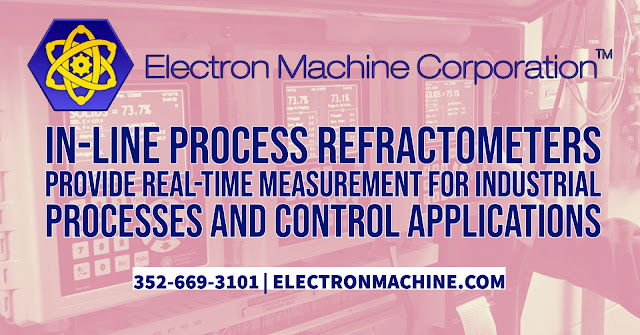Tomato processors need to anticipate product output, consistency, and quality, as these variables directly impact sales and profitability. However, because of fruit diversity, harvest maturity, and agricultural region, it is challenging to control the consistency and quality of tomato products.
Consumers frequently choose tomato sauces, pastes, purees, and dressings depending on sweetness levels, so food producers must manage sweetness precisely. Brix is the most commonly used method for assessing sweetness. Degrees Brix (°Bx) is a quick and accurate way to calculate the quantity of sugar in an aqueous solution.
Refractometry calculates degrees Brix, and refractometers are the devices used to do so. Refractometers, in essence, use a prism to determine how light bends through a substance. The shift in light direction calculates to particulate quantities - in this example, Brix - in a repeatable manner.
In food processing, there are various types of refractometers. Many food processing labs employ hand-held refractometers for batch sampling. The inline process refractometer is another. It offers Brix measuring control directly on the manufacturing line, and it can be used anytime in the overall process, from the evaporation stages to the concentrated finished product.
Inline process refractometers are mounted using a sanitary-type pipe adapter designed and produced per 3-A Sanitary Standards. Suppose the tomato product is known to leave persistent coatings on the refractometer prism. In that case, a steam port is added to the adapter, allowing the prism to be steam cleaned at predetermined intervals.
The refractometer's head is positioned directly in the processing line and provides real-time Brix detection with a measured output. The refractometer's circuitry then conditions the head's signal and compares it to the desired value in a controller. The controller provides a corrective output signal, such as 4-20mA, to a final control device, such as a control valve. The control device increases or reduces the amount of an ingredient. Brix measurement, like any other process control variable (pressure, temperature, level, or flow), is determined and managed by the inline process refractometer via a dedicated control loop, giving the tomato processor better control over product quality and consistency.
For more information on the use of inline process refractometers in tomato processing, contact Electron Machine at +1 352-669-3101 or visit http://electronmachine.com.






